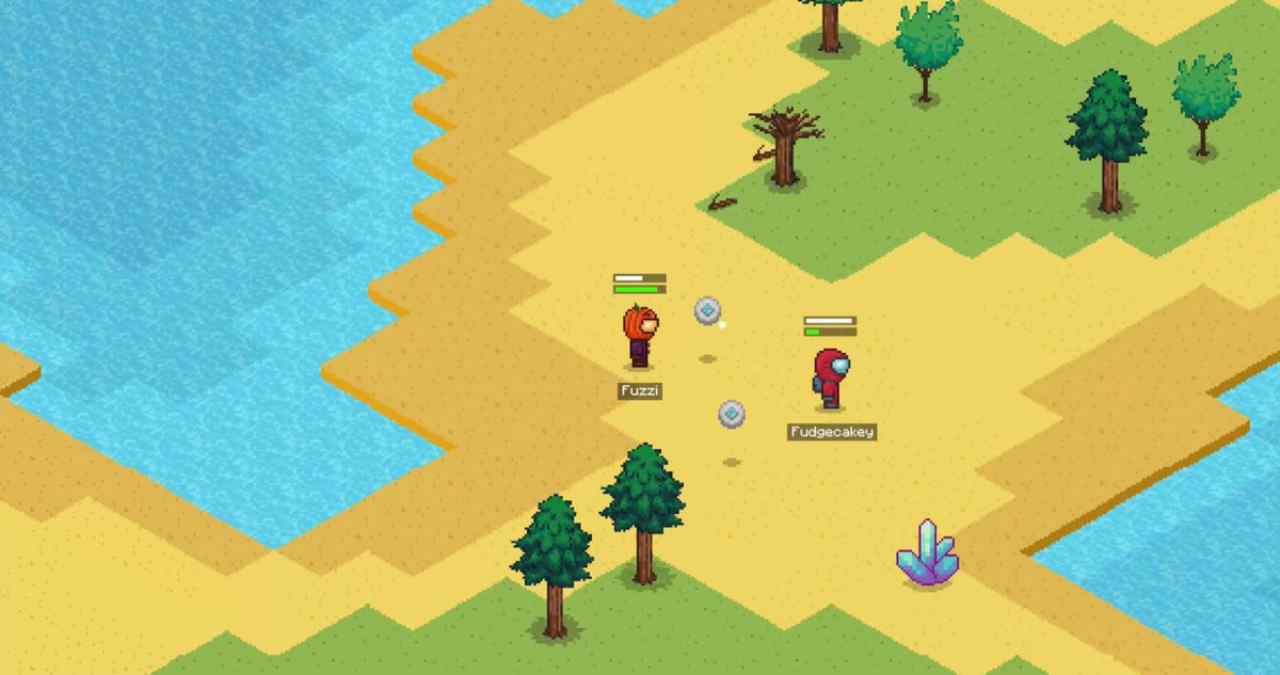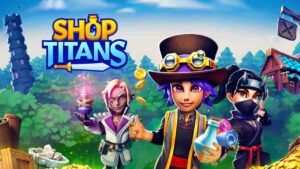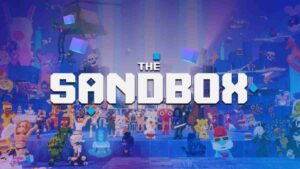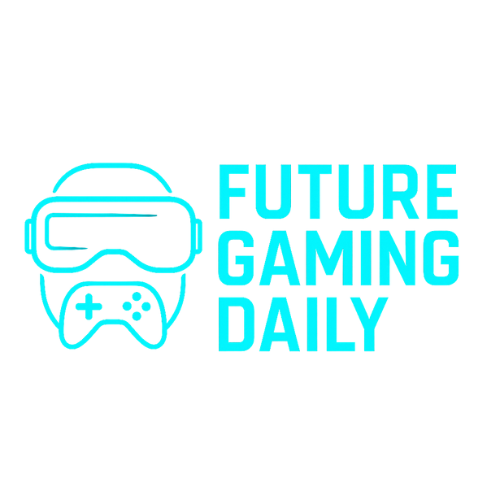Block Stranding is leaning into its play-to-airdrop model with the launch of Season 1. The blockchain survival game, which blends extraction-style gameplay with asset ownership, is introducing new mechanics around STRAND token distribution and NFT-linked progression.
This season isn’t just about leaderboard rewards. It sets up a layered incentive structure where different in-game NFTs unlock varying reward potential, and players are actively sorted into reward tiers based on performance and asset engagement.
Airdrop structure tied to NFT tiering
The core of Season 1 revolves around earning STRAND tokens through airdrop eligibility. Players are sorted into reward groups based on the type and quantity of in-game assets they hold, particularly characters and vehicles. Higher-tier NFTs unlock better earning potential, while lower-tier players still receive access to base-level rewards.
There’s also a performance component. Only active participants are considered for top bracket airdrops, with rankings adjusted based on in-game activity and contribution metrics. This isn’t passive staking it’s participation-based allocation, gated by what you own and how you use it.
The system essentially merges play-to-earn incentives with a tiered ownership model, reinforcing the value of specific NFTs beyond cosmetics or bragging rights.
Gameplay and extraction-focused progression
Block Stranding’s gameplay draws on the extraction shooter formula, though it’s built around survival rather than PvP combat. Players venture into procedurally generated zones, gather resources, upgrade their loadouts, and extract before environmental hazards or mechanical threats force a reset.
Every extraction session contributes to progression, both in terms of asset durability and season score. With Season 1 live, the developers have introduced new hazards, rebalanced some item systems, and fine-tuned how risk-reward decisions impact airdrop positioning.
The moment-to-moment gameplay still leans into tension and timing. It’s not about quick matches or idle grinding. Each run has real weight, especially when tied to token eligibility.
STRAND token use and ecosystem role
STRAND is more than a season reward. It’s positioned as the central token within the Block Stranding ecosystem, with future utility planned around crafting, governance, and possibly access to upcoming game modes or expansions. For now, its primary use is airdrop distribution, but the roadmap points to broader in-game applications.
That said, the project is cautious with token rollout. There’s no public sale at this stage. STRAND is earned through gameplay and engagement, not bought through exchanges. This approach is in line with recent shifts in Web3 design, where teams are moving away from early speculation in favor of activity-based token release.
By tying token access to gameplay depth and asset strategy, Block Stranding is trying to create a loop where value comes from time spent in the game rather than external hype. Whether it sustains attention beyond the airdrop period will depend on how tightly the ecosystem continues to reward engagement over entry cost.
Web3 Analyst & Play Blockchain Games Guide
CryptoKit breaks down Web3 gaming like it’s second nature. From tokenomics to airdrop strategies, she turns blockchain chaos into clear, actionable advice for players who want to win more than XP.




